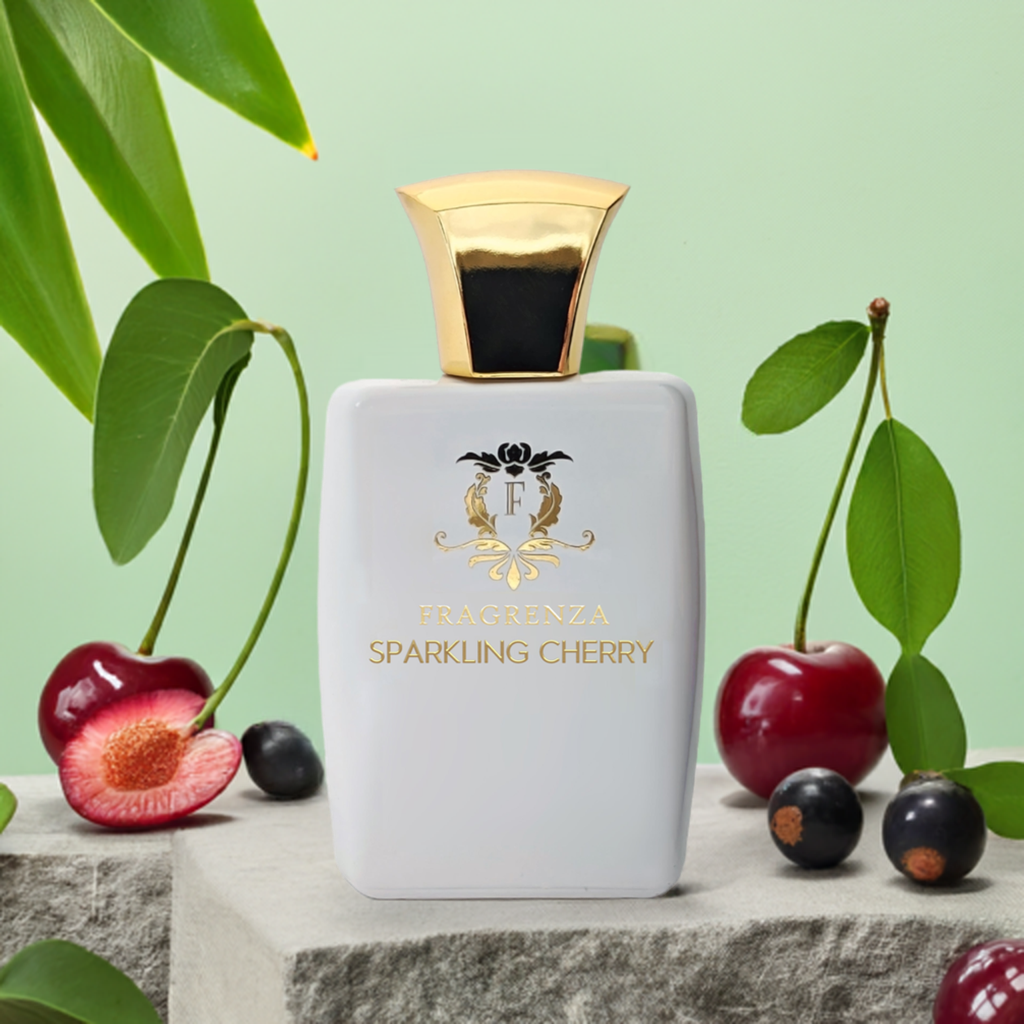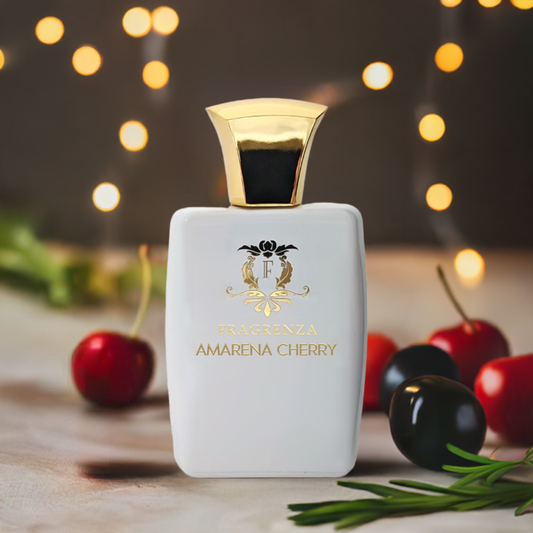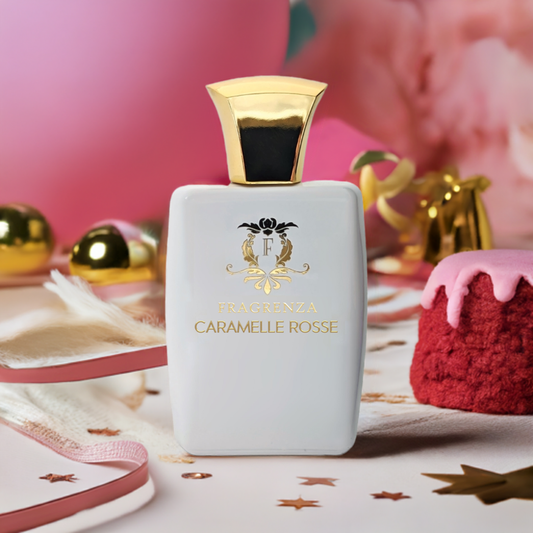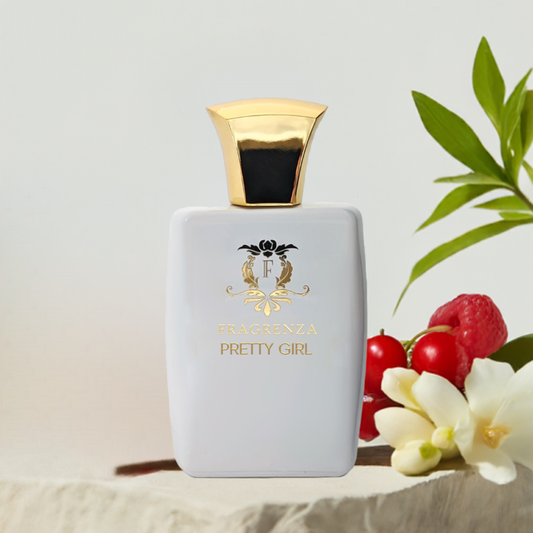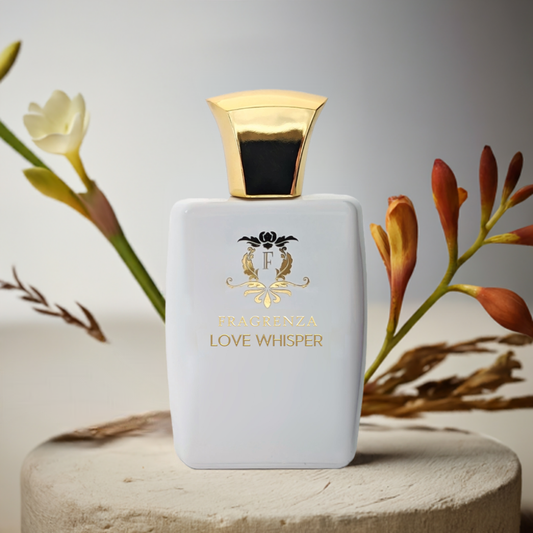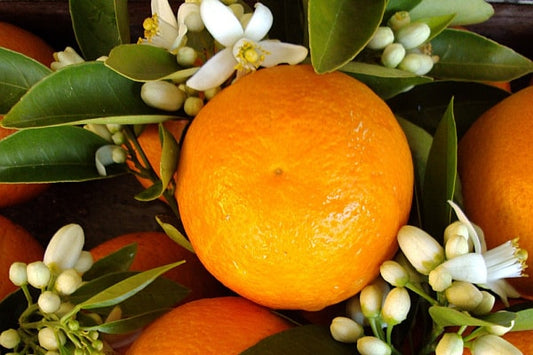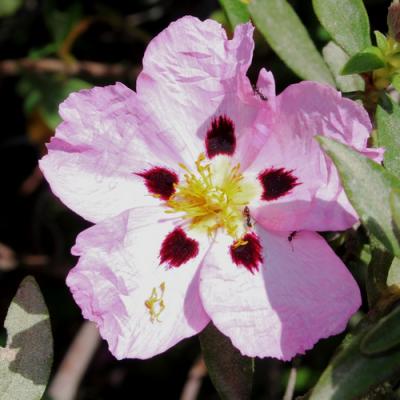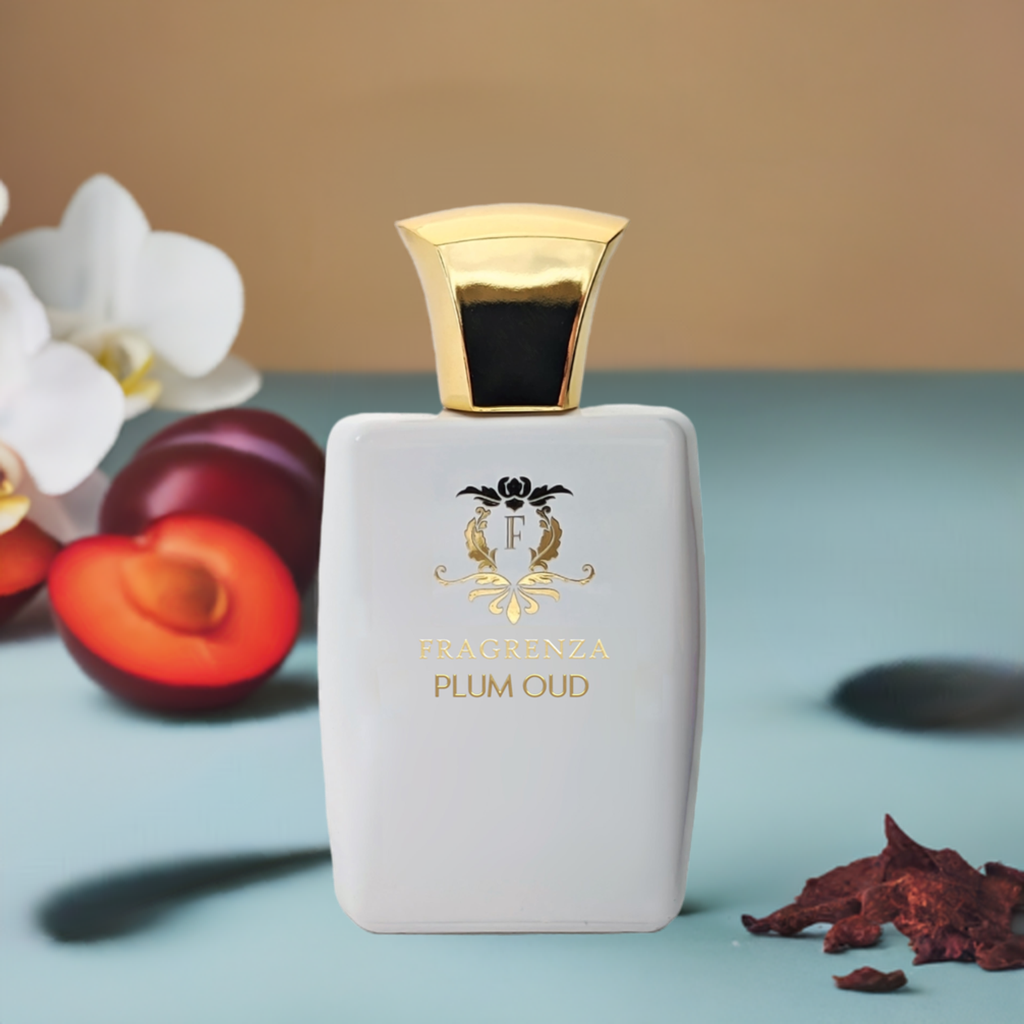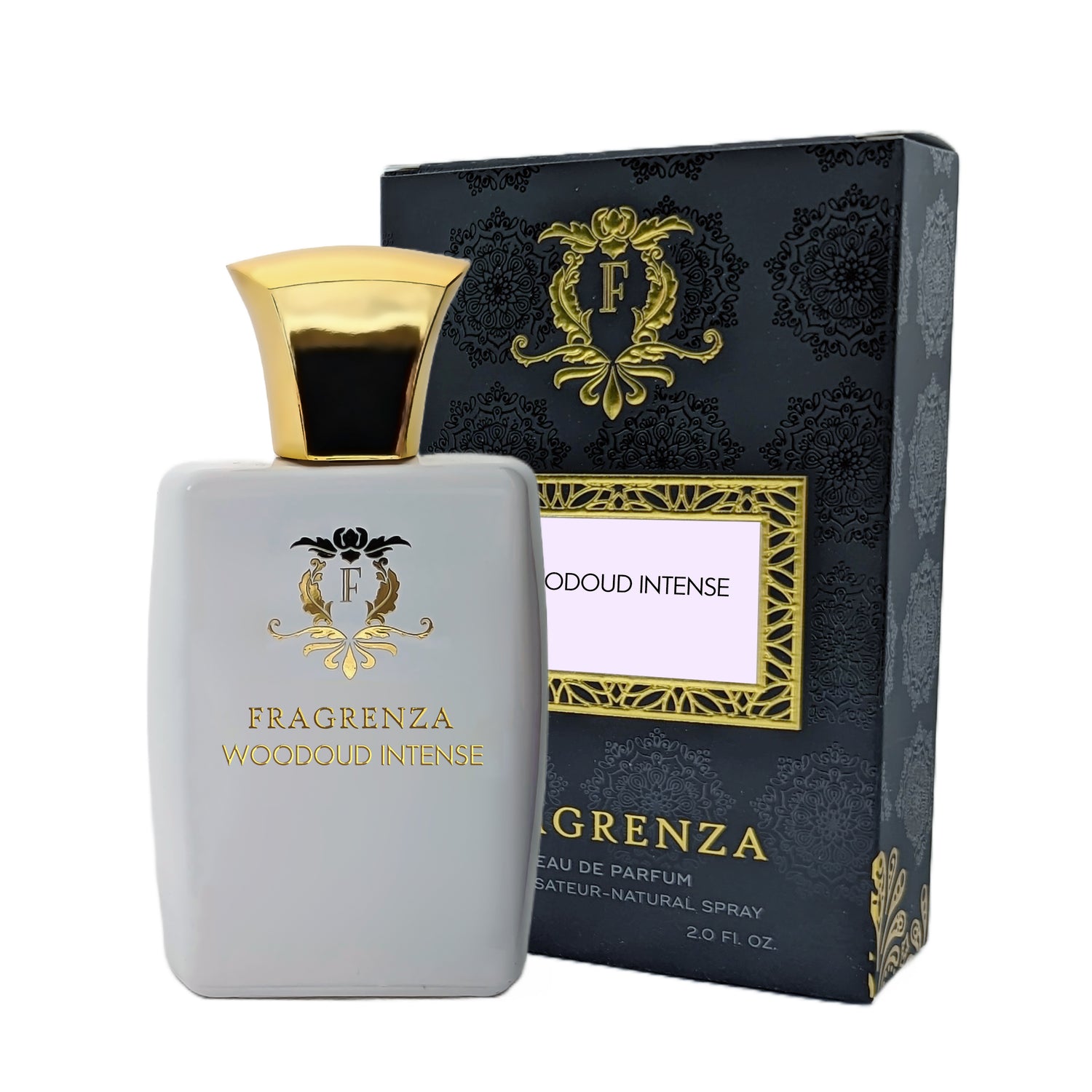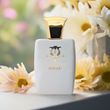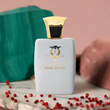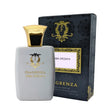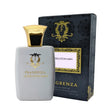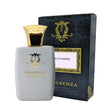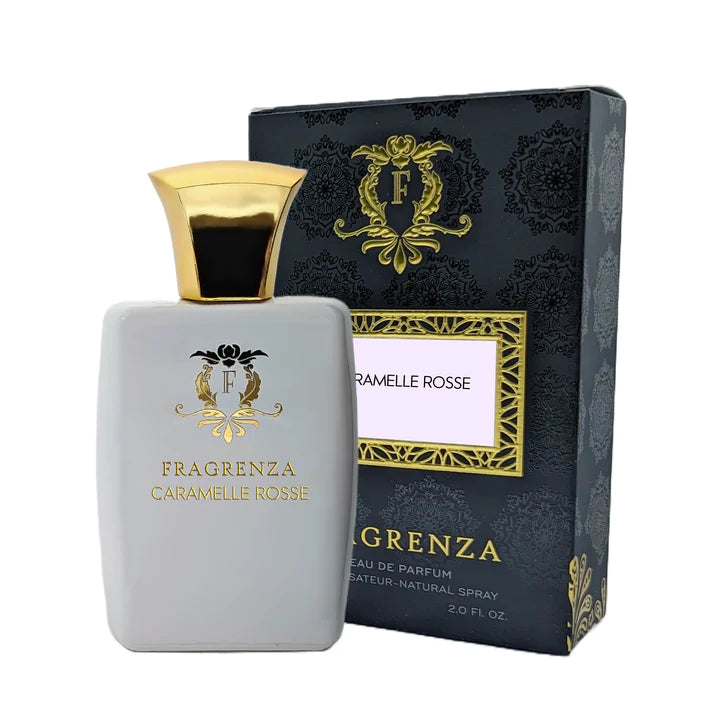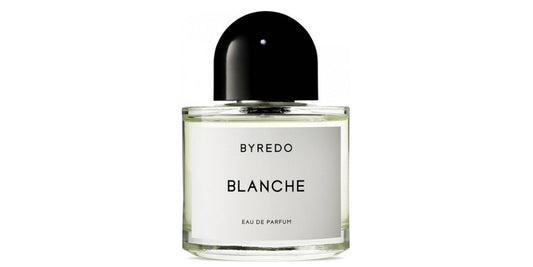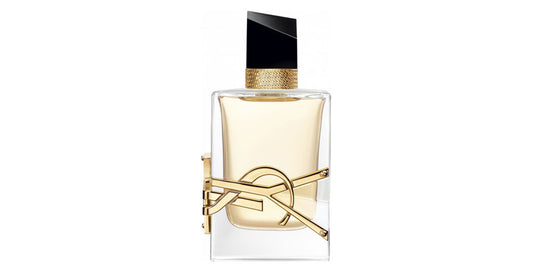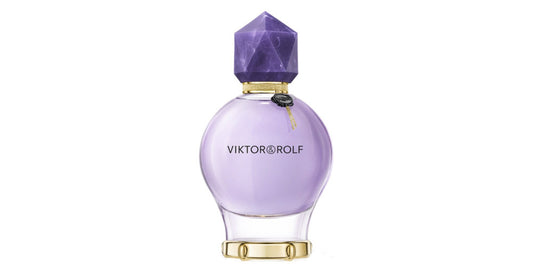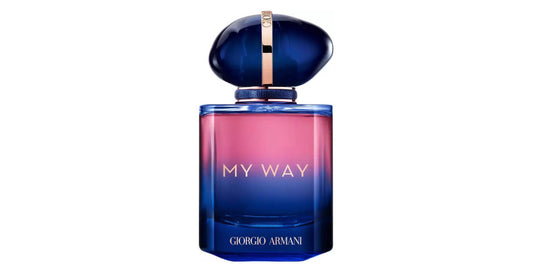Wood in perfumery
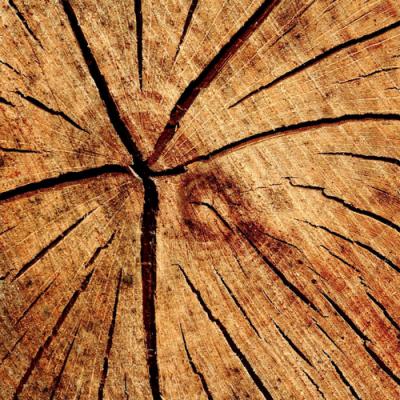
In This Article
Diverse Varieties of Wood in Perfumery
Countless varieties of wood exist, including well-known types such as mahogany, birch, cedar, cherry, oak, walnut, poplar, ebony, maple, and pine. Certain varieties are highly sought after in perfumery, including rosewood, sandalwood, cedar, and birch. Sandalwood, a popular choice among perfumers, has long played a significant role in religious rites and personal prayers. In perfumery, sandalwood imparts woody, soft, creamy, and milky tones.
Rosewood, another popular choice, originates from the Amazon rainforest and lends compositions woody, floral, and slightly spicy tones. Cedarwood, a prevalent ingredient in many perfumes, offers a distinctly woody character. Typically, Atlas or Virginia cedar is used. Oud wood, also known as agarwood, is another favored choice and is considered the epitome of an olfactory journey to the Orient. Oud wood exudes woody, amber, mysterious, earthy, and sensual tones.
Iconic Fragrances Featuring Wood
Cedar, Atlas, oud, and rosewood can be found in numerous iconic perfumes and are associated with the seven olfactory families. Various types of wood are present in many cypress perfumes, such as 24 Faubourg by Hermès, and oriental fragrances like Allure by Chanel, Absolu Intense Simply Red by Rochas, A*Men Pure Coffee by Thierry Mugler, and Ange ou Démon by Givenchy. Woods can also be found in floral fragrances such as Absolutely Irresistible by Givenchy, Amarige by Givenchy, and 1881 pour Femme by Cerruti. Additionally, woods feature in aquatic fragrances like Acqua Di Gio pour Homme by Armani.
Wood is a noble material and plays an essential role in various industries, including perfumery. Sandalwood, cedar, and agarwood fill our bottles with olfactory treasures, making them an integral part of the fragrance world.
Fun Facts About Wood in Perfumery
- The oud wood is one of the most expensive raw materials in perfumery, often referred to as "liquid gold."
- Sandalwood's slow-growing nature and high demand have led to strict conservation measures and sustainable harvesting practices.
- Agarwood forms as a result of the Aquilaria tree's response to infection, producing a dense, dark, and fragrant resin within the heartwood.
- Birch tar, extracted from the bark of birch trees, has been used in perfumery since ancient times and imparts a smoky, leathery note to fragrances.
